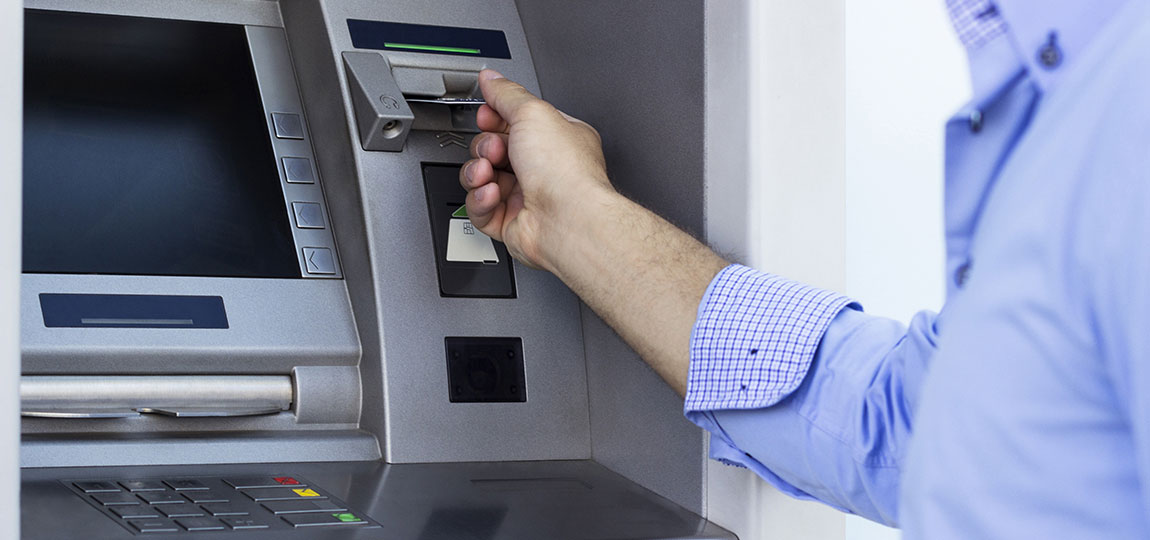It would be wonderful if we could live in a world free of fees. But the reality is that fees are here and they’re not going anywhere. That includes fees associated with a checking account.
Yes, there are checking accounts out there that label themselves as “free.” But it pays to read the fine print. Chances are there are at least some fees tied to it, depending on the circumstances. They could range from charges for insufficient funds to use of ATMs outside your bank's network.
Here’s a roundup of checking account fees that you might encounter with your financial institution:
- Checking account maintenance fee – Some accounts charge a monthly maintenance fee in order to keep your account active. It can often be avoided under certain conditions, such as keeping a minimum monthly balance or making a certain number of deposits into the account each month. However, most banks offer at least one type of checking account that is completely free of monthly maintenance fees, so do your homework to ensure you’ve chosen the account that’s right for you.
- Debit card or ATM card replacement fee – If you want to replace a lost or stolen card, you may be charged for it. And if you want the new card delivered in a hurry, expect to pay even more.
- Overdraft and Insufficient Funds fees – If you make a transaction without having enough money in your account to cover it, you could find yourself facing some hefty fees.
- Excess transactions fee – Your account may have a limit as to the number of transactions you can conduct per month. Exceeding that limit could result in you having to pay a fee for each additional transaction.
- Returned deposited item fee – Unfortunately, it’s not just writing a bad check that can get you in trouble. You could face a fee for depositing a check that bounces.
- Check image service fee – Need copies of all the checks you’ve written in a month? You’ll most likely have to pay a fee for that service.
- ATM fees – Fees typically are charged by the ATM provider as well as your own bank if you use a “foreign” ATM that is not part of your bank’s network.
- Account closing fee – Some financial institutions charge a fee if your checking account is closed within a certain number of days after you open it.
- Stop payment fee – If you need to cancel a check you’ve written so it won’t be cashed, the average fee for a stop payment is $25.
- Balance inquiry fee – Depending on your financial institution, you could be charged for making a balance inquiry at an ATM outside the bank’s network, even if you don’t withdraw any cash.
- Paper statement fee – With more and more banks going the online banking route, many bank accounts now charge fees for mailing paper statements in lieu of electronic eStatements.
The good news is, if you take advantage of online banking you can avoid a lot of these fees. For example, you can print out statements and copies of checks, and review your account balance online. Many banks also have online ATM locators that can help you find the nearest in-network ATM.
If you’re looking for a checking account with few fees, consider a Bank5 Connect High-Interest Checking Account, which has no monthly maintenance fee, and access to the SUM ATM Network. Bank5 Connect will also never charge you for using an ATM and will reimburse other banks’ surcharges up to $15 per statement cycle. For more information on a Bank5 Connect High Interest Checking Account, click here.
